My first steps on Thai soil occurred in the autumn of 2003, fresh out of university, when a friend said “come with me.”
Okay, why not?
I knew everything back then, but in hindsight not so much. Especially when it came to food. Yes, I was that tourist who ordered pasta every night, because in my air filled head it was not possible to be vegetarian in Thailand. I thought that and so it was.
Speaking of my education years, I went to uni with divas and the social elite. Among the conversations I was privy to? Hair cuts that cost less than £30 are bad. Spending an hour taking passport photos because none of them looked good enough. Hating boyfriends for farting on them and thinking it was funny (I was abandoned by that group faster than I could, well, you know).
Anyway my student self may have been a clueless know-it-all, but I love that I was the only one among my peers who wore the same thing days in a row, brought sandwich lunches, and found farting hysterically funny (still do, always will).
Back to vegetarian food in Thailand, my assumption couldn't have been further from the truth. Thailand is one of the easiest countries in which to eat a vegetarian or vegan diet, but here are a few tips to make Thai vegan travel a little clearer.
Stock phrases
These phrases will come in handy for vegetarians and vegans who are visiting Thailand. Further into the post are explanations about the terms as well as about cultural norms with regards to these concepts.
- Jay เจ: vegan without onion, garlic, and some other strongly flavoured ingredients (but not a compromise on flavour)
- Kin jay กินเจ: literally translates to "eat jay" and is easily understood by food vendors.
- Mangsawirat มังสวิรัติ: vegetarian
- teet-sa-kan kin jay เทศกาลกินเจ: the name of the annual vegan festival
- mai kin nuua sat ไม่กินเนื้อสัตว์: I do not eat meat
- mai kin bplaa ไม่กินปลา: I do not eat fish
- aaharn อาหาร: food (so a sign that reads อาหารเจ would mean jay food).
Vegetarian doesn't always mean vegetarian
Fish sauce, oyster sauce, and shrimp paste are fair game in vegetarian items, and you may not be able to communicate enough to explain exactly what you want. This is just like back home, where items specifically marked as vegetarian on Thai menus often include one or more of these three ingredients. To Thais these are often considered vegetarian, so be sure to specify if you order mangsawirat (vegetarian) food that you also don't consume shrimp paste (gapi), oyster sauce (sot hoi naag rom), and fish sauce (nam bplaa).
Jay food
The easiest and most accurate way to communicate veganism is to follow a jay diet, which translates as vegan. Thailand hosts an annual national vegetarian festival called teet-sa-kan kin jay, which is a merit-making and cleansing festival consisting of ten days of vegan eating and other things like no booze and no periods allowed (*flips the off flow switch*).
The only seemingly negative point about jay food is it is devoid of garlic and onions. Don't let this put you off though – Thais are adept at making anything taste good – it's just part of the spiritual cleansing package (I don’t know what that means). Hit up any Thai city with a large Chinese population in the autumn during the festival and you will have vegan jay food coming out your ears.
But there are jay restaurants year round. You will find them in almost every city, and in larger cities there will be dozens or even hundreds. Look for yellow flags with เจ written in red.
Dedicated vegan and vegetarian restaurants
Most jay food proprietors operate out of a Thai style shophouse restaurant (or street food cart). The process is one of choosing the already cooked food you want while they either plate or bag it up. Rice will accompany sit down meals, which often take place on the street or in a room open to the street furnished with a lot of colourful plastic things to sit on. Sometimes they will cook other food freshly as well.
Should you catch word of a jay restaurant on the internets and there's mention of limited hours of operation (e.g. 7am ‘til 2pm), then go as early as possible. Take the times as indication this will be a shophouse affair, which more often than not means when the food runs out that's it for the day. Most of the dishes are prepared prior to opening and sold until there is nothing left, which there won’t be if I got there before you.
Non jay vegetarian and vegan restaurants are plentiful in larger cities and often offer the comfort of sitting down at a table where you can take your time over a menu, if that's your thing. Also, garlic.
Another point worth noting: if you go to a vegetarian (but not fully vegan) restaurant, Thais do not utilise dairy in day to day cooking, so your concern at a vegetarian restaurant will mainly involve the use of eggs.
Omnivore restaurants
Avoid curries because they will contain gapi (shrimp paste). You can ask the chef or server if there is shrimp paste and they will likely say no. The chances are very high they did not make the curry pastes themselves (most Thais purchase them at markets), so as far as they are aware the ingredient is curry paste and not shrimp. If you want curries, eat them at jay stalls or vegetarian/vegan restaurants.
Ask for substitutions. That pad kaprow? See if they will make it with tofu and use soy sauce instead of fish sauce. Most stir fried dishes and salads are prepared on the spot with fresh ingredients, so replacing one ingredient with another should never be a problem. And yes, always assume there is fish sauce. In everything. If you specifically don’t want it then ask. Often the response will be “is soy sauce okay?” which to me is a great indication that they understand what I do and don’t want.
Whatever you do, don't be an insufferable entitled vegan about it. Thais are some of the most hospitable people on the planet and will do just about anything to both please and avoid that sort of confrontation. You will embarrass both parties when there is no need. If you can't communicate your needs to a degree that makes you comfortable, you can politely decline and move on to another location. There may be some confusion, but everyone will smile and that’s dandy.
A note for the chili averse
Thais who are used to cooking for the Western palate will often greet you with “not spicy.” If you are averse to chili, that’s a good indicator the meal won’t burn your face off. Otherwise remember that “a little bit spicy” to a Thai could translate to “I need a throat transplant now thanks” in your home language. If in doubt, ask for no chili.

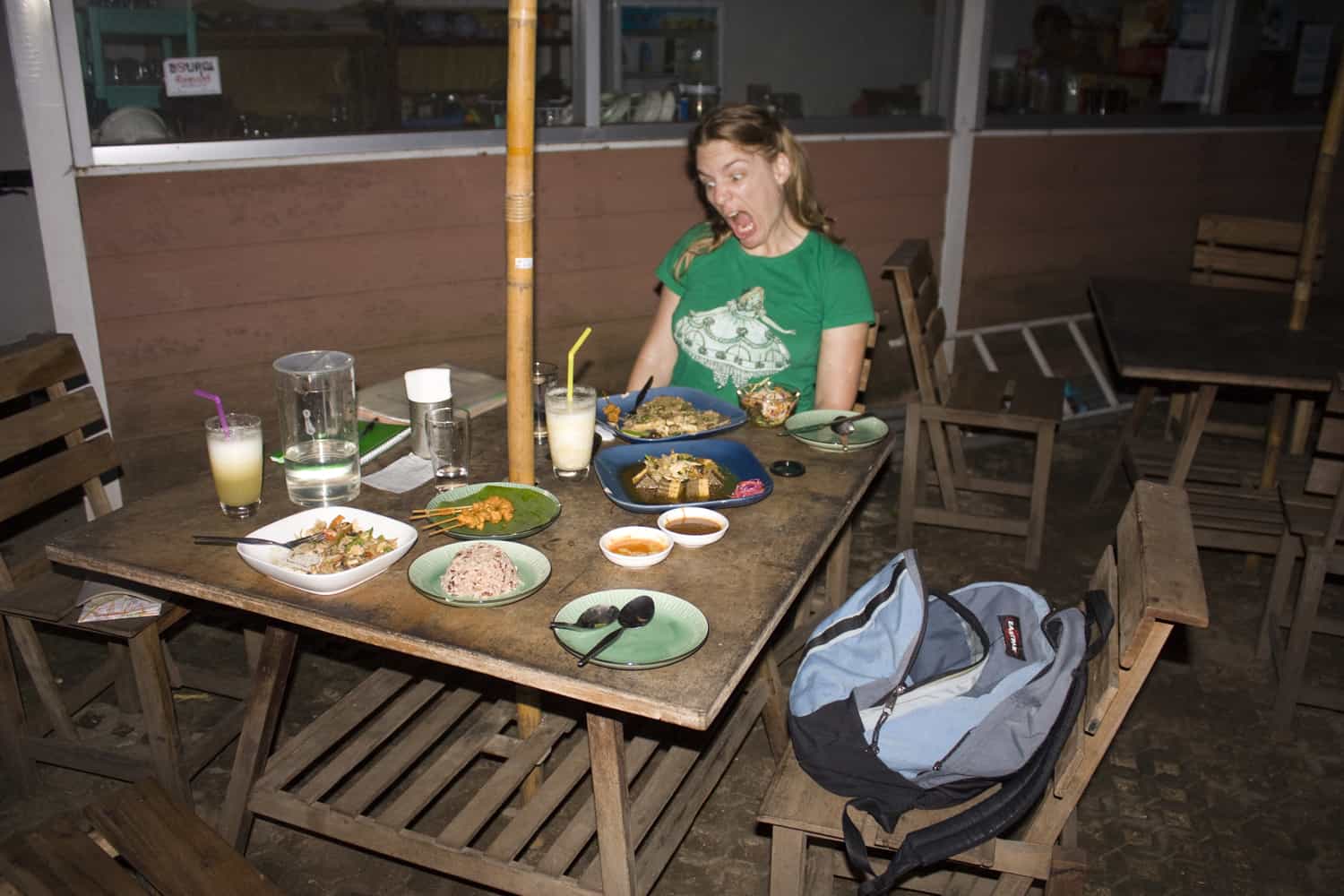
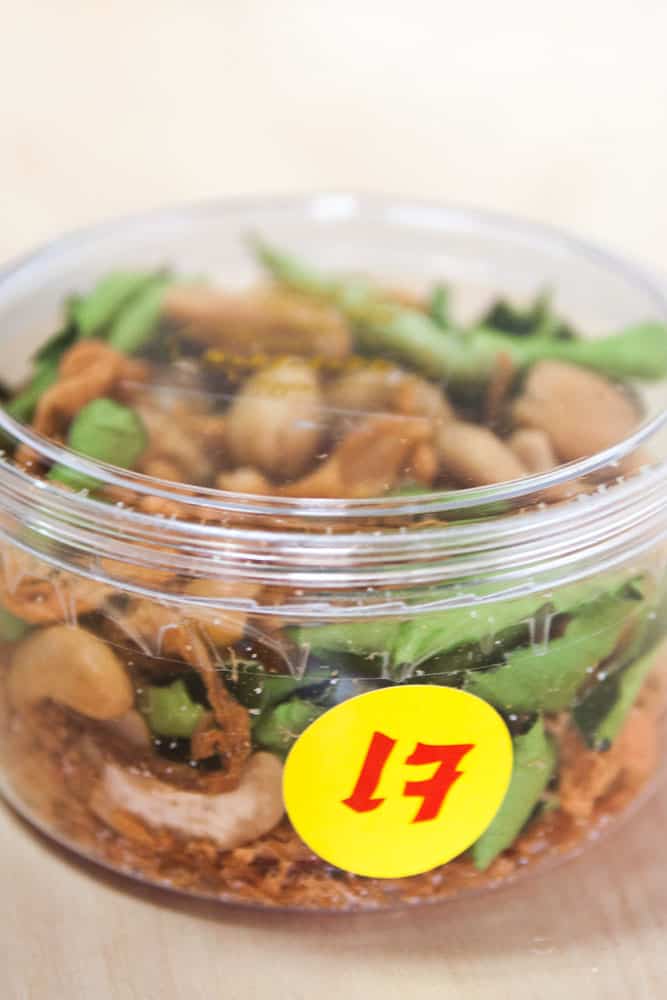
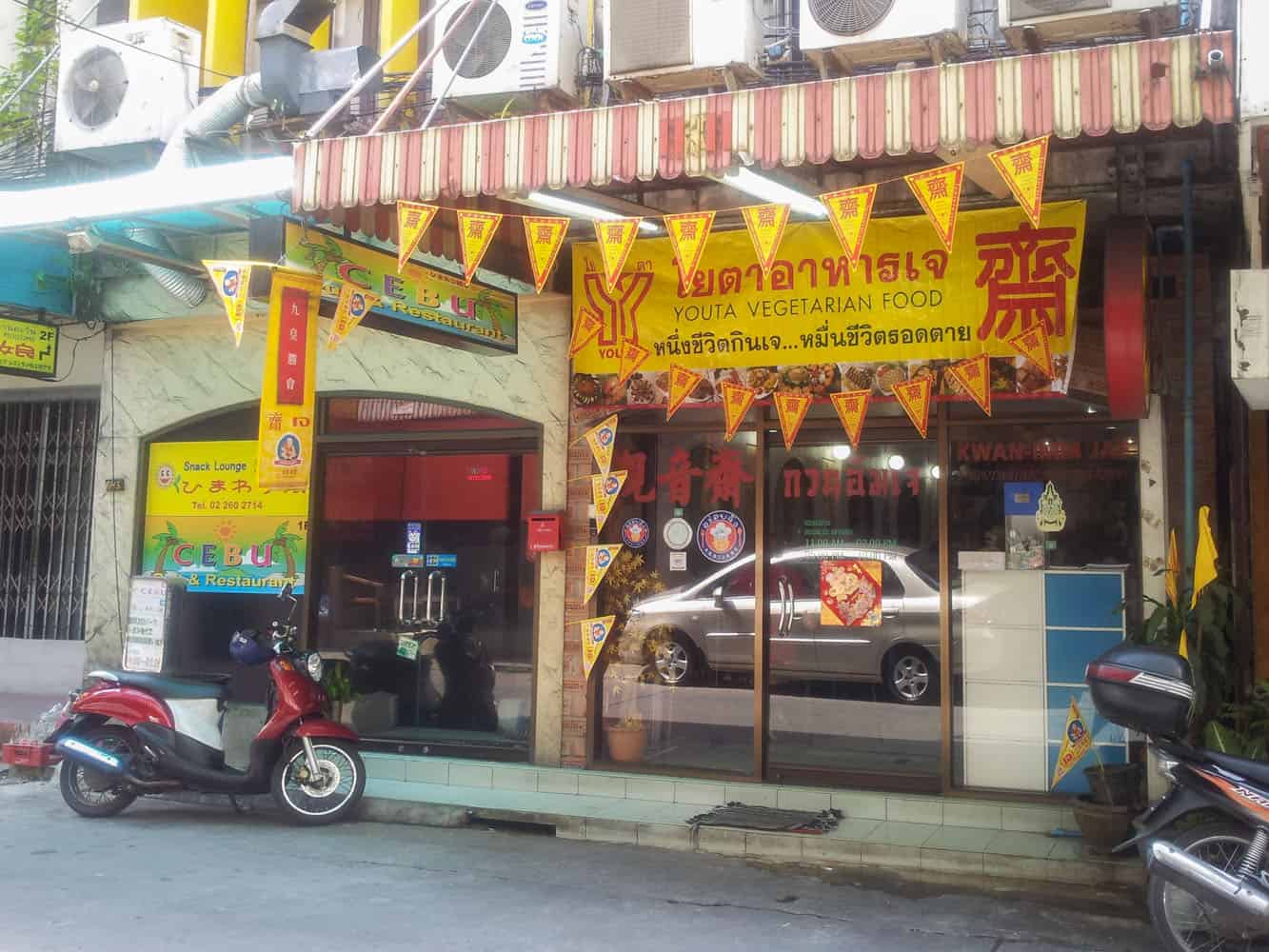
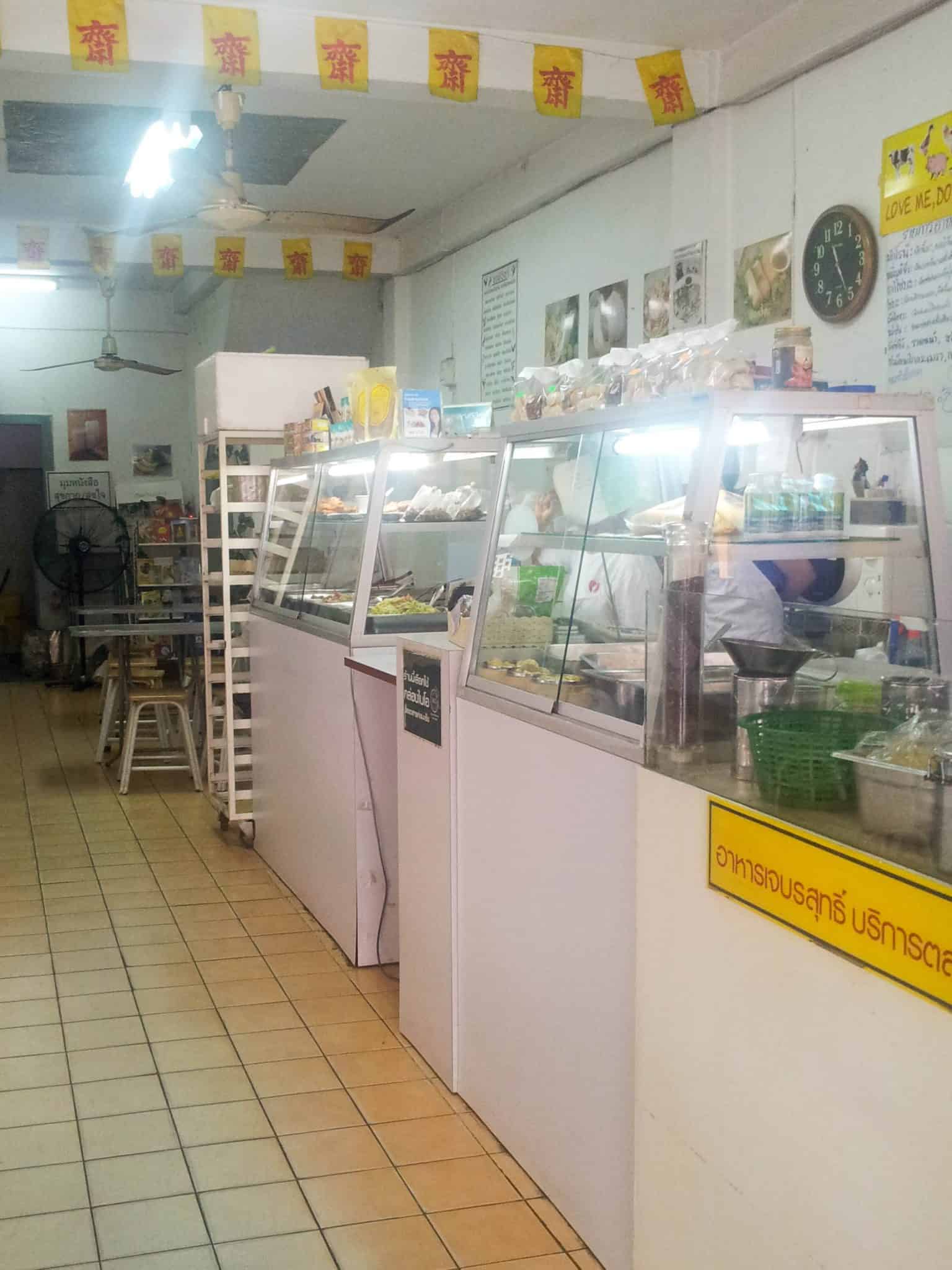


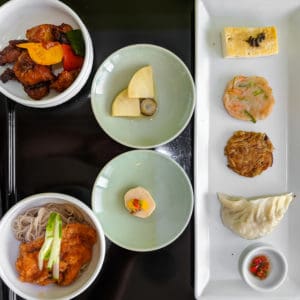
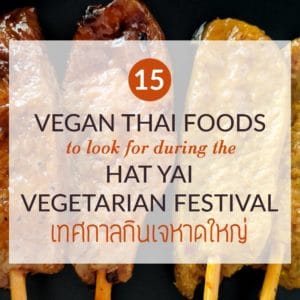
Leave a Reply